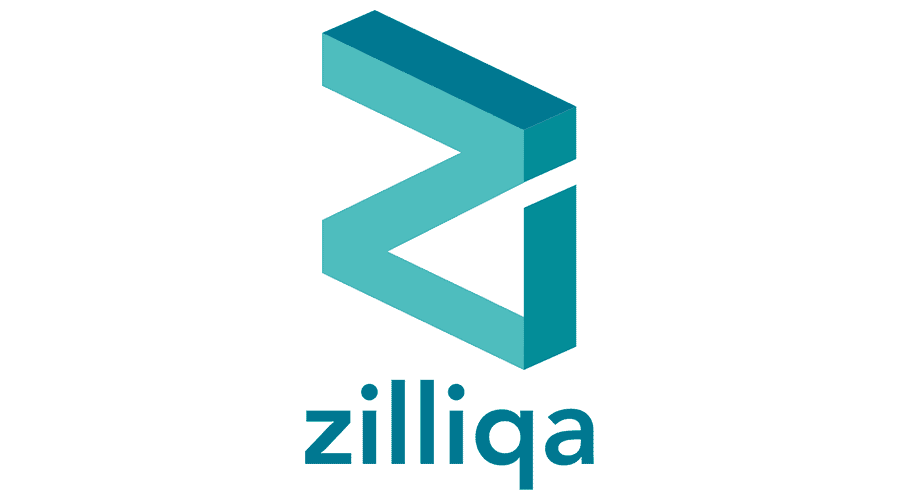Zilliqa: Mining and Forecasts
The market for alternative cryptocurrencies is seeing an increasing number of new platforms emerge, many of which are becoming practically useful. Today, we will discuss the alternative cryptocurrency known as Zilliqa (short designation on cryptocurrency exchanges - ZIL). Why...

The market for alternative cryptocurrencies is seeing an increasing number of new platforms emerge, many of which are becoming practically useful. Today, we will discuss the alternative cryptocurrency known as Zilliqa (short designation on cryptocurrency exchanges – ZIL).
Why Would You Invest in ZIL?
The ability to complete an unfathomably large number of transactions within the network is the primary benefit of this undertaking. This is true despite the exponential increase in the total number of transactions taking place on the network (geometric progression).
The protocol that is currently in use for the Zilliqa cryptocurrency is designed in such a way that it will gradually increase the speed at which transactions take place within the network. The primary objective of Zilliqa is to deliver a network that is both flexible and scalable.
Rewards distributed on the Zilliqa network
Every 100 epochs, rewards are given out to participants (the so-called Vacuous epoch). During this epoch, the protocol is updated as required (which eliminates the need for hard forks), and concurrently, data is recorded in the blockchain for the purpose of long-term storage.
On the Zilliqa network, the intended level of difficulty for mining is modified after each epoch. At the same time, it took place in the test network while taking into consideration the target number of network nodes, which was equal to 1810. (at the same time, the mining difficulty in the network is equal to one). The level of complexity in the subsequent epoch will increase by one for every one hundred new nodes (and vice versa).
Normal miners are currently able to mine Zilliqa by sharding and running DS nodes, both of which are required steps in the process.
According to the developers, the miners who host DS nodes and sharding nodes will receive a share of 25 percent of all coins received when building new Zilliqa blocks, in addition to the gas received as a transaction fee. This share will also be distributed among the miners who host sharding nodes. The reward for Proof-of-Work miners is determined using the following formula: Total reward for one epoch * 0.25 / number of nodes = reward to the miner. This 25 percent is considered the base reward for PoW miners.
During the first year that the Zilliqa network is live, a total of 191,780.82 ZIL will be set aside to compensate miners (both Proof-of-Work miners and owners of nodes that run on pBFT) for payments made during one period.
After that, this number will be specified in accordance with the outcomes of the Zilliqa network.
Therefore, the formula that will be used to calculate the income for 2400 miners (peers) will look like this at the moment: 191780.82 * 0.25 / 2400 = 19.977169 ZIL per epoch.
Seventy percent of the reward will go toward flexible rewards for pBFT validation nodes, while the remaining five percent will be divided between service gateways and lookup nodes. The mechanism for distributing coins for validators is flexible and provides for their distribution on a first-come, first-served basis (the reward is paid to those who took part in the validation process), according to the formula: 191780.82 * 0.70 / (2,400 * 2/3 [successful validators] * 99 [block transactions] = 0.847516 ZIL. This reward is paid to those who took part in the validation process.
Therefore, the entirety of the Zilliqa network can be conceptualized as a single, unified mining pool that is controlled by validators.
Zilliqa Over the Past Few Years
The coin still has a hard time communicating with other tokens due to this issue. Although ZIL has shown some improvement in its structure segment risk over the past few days, we do not believe that it will be a profitable asset in the near future. Despite the fact that the coin may have solid fundamentals.
The price of the coin will reach its all-time high of $0.072 by the end of 2022, while maintaining an average rate of $0.066. In the year 2023, the value of one ZIL coin will exceed 10 cents for the first time. In the year 2024, it is possible that each coin will be worth between 12 and 15 cents.
The price is projected to reach $0.24 by the end of the year 2025, according to industry analysts. The price of ZIL is expected to continue to increase by between 100 and 140 percent every two years, as stated by a number of different forecasts. By the end of the year 2030, it might reach its highest point of $1.57.
